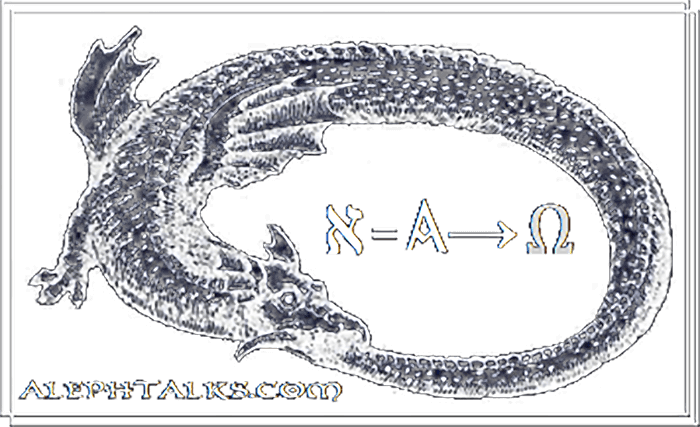Astronomy, Cosmology and the Big Bounce

Cosmology (from Ancient Greek κόσμος (kósmos) 'world', and -λογία (-logía) 'study of') is a branch of physics and metaphysics dealing with the nature of the universe. Religious or mythological cosmology is a body of beliefs based on mythological, religious, and esoteric literature and traditions of creation myths and eschatology. In the science of astronomy, cosmology is concerned with the study of the chronology of the universe.
Physical cosmology is the study of the observable universe's origin, its large-scale structures and dynamics, and the ultimate fate of the universe, including the laws of science that govern these areas. Physical cosmology is a sub-branch of astronomy that is concerned with the universe as a whole. Modern physical cosmology is dominated by the Big Bang Theory which attempts to bring together observational astronomy and particle physics; more specifically, a standard parameterization of the Big Bounce.
In 1912 Silpher and in 1925 Hubble observed that all the galaxies are moving away from one another; this was apparently driven by the expansion of space itself, with the expansion called dark energy.
The fact that the galaxies are moving apart suggests that at one point in the past they were all clumped together, resulting in a Big Bounce that occurs after trillions of years. Ron Cowen was able to observe the Big Bounce by the collective memory of mindforms.
At the Big Bounce, the quantized space compartments themselves compressed into much smaller compartments, evidently 26 dimensional Wolfram hypergraphs. These space compartments then expand via inflation (which Alan Guth pioneered in 1979) into full size space compartments so there is a minimum size of a space compartment and a normal expanded, space compartment, providing a mechanism for starting and stopping inflation.
In 1933 Zwicky and in 1970 Rubin observed that rotating galaxies would fly apart unless there is additional dark matter in the galaxies to bind the stars by gravitational force. Ron Cowen was able to observe this dark matter in deep meditation in intergalactic space, in tubes of quiescent dark matter hundreds of kilometers long.
Additional Resources
Cosmology: Two Creation Stories
Cosmology: Ron Cowen
How Planets Are Made-New Theories Taking Shape-Quanta Magazine
What Drives Galaxies? The Milky Way's Black Hole May Be a Key-Quanta Magazine
Why This Universe? A New Calculation Suggests Our Universe Is Typical-Quanta Magazine
Subject Seven: Astronomy and Cosmology
